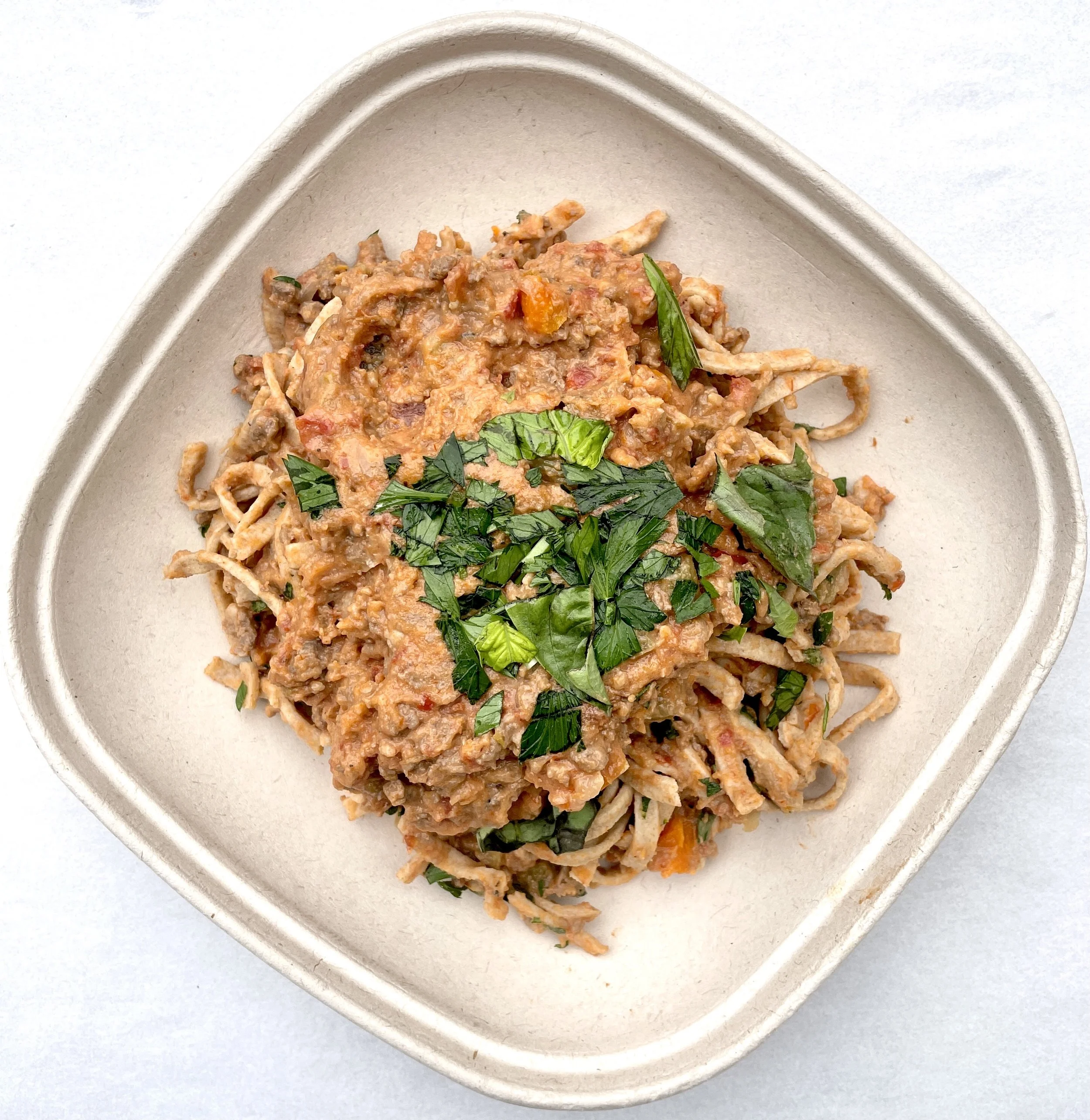For a good restaurant and for home, before a meal is served, if it is to be served to others, all parts of a dish is tasted. I can not tell you why, when something tastes great and is ready to eat, but it is batch cooked so the product is cooled and stored, only to be reheated the next day for a service why during that period of time and reheating that the flavor just doesn’t taste the same as it did when it was first made. There are so many nuanced variables with aromats and equilibriums at play with food, that everything needs to be readjusted as it is being cooked.
This sauce uses a few flavor enhancers to add to taste as it is being heated. First of, like most items, adjust with salt. Basically salt raises the flavor of any dish. Salt is the base line for adjusting flavor. And when you are experienced enough with salt, broaden your category to include salty things. Maybe you can add soy sauce, or capers, or miso, depending on your allergens. Salty things are going to raise flavor and impart umami in the background to make beefy things taste beefier.
Next, add pepper. Pepper just puts a little bite into what is being served. It kind of spiked the mouth to wake up its sensory receptors. To go beyond pepper would be to adjust other spices, such as adding some paprika or a little cayenne.
Finally, adjust the pH by adding a touch of vinegar. Like lemon juice, adding acidity brightens the flavor of the dish. It doesn’t raise the volume like salt, but clears the contrasts instead. My go to is sherry vinegar, but for bolo, a red wine vinegar would work.
Playing around with seasoning is that final 1 percent of adjustments that can affect a dish by multiples. It is really a great way to improve any cooking.


